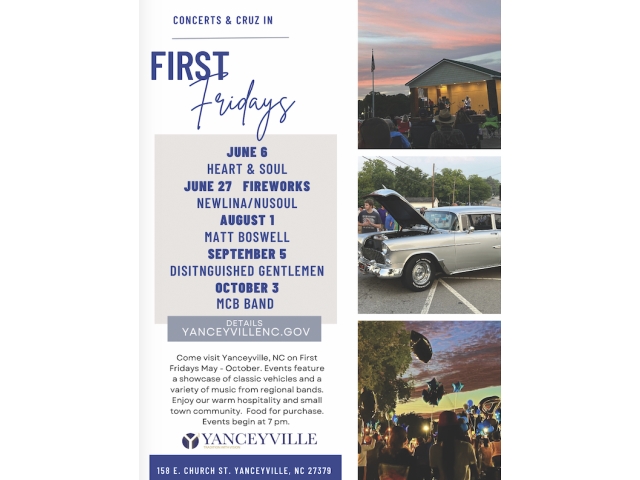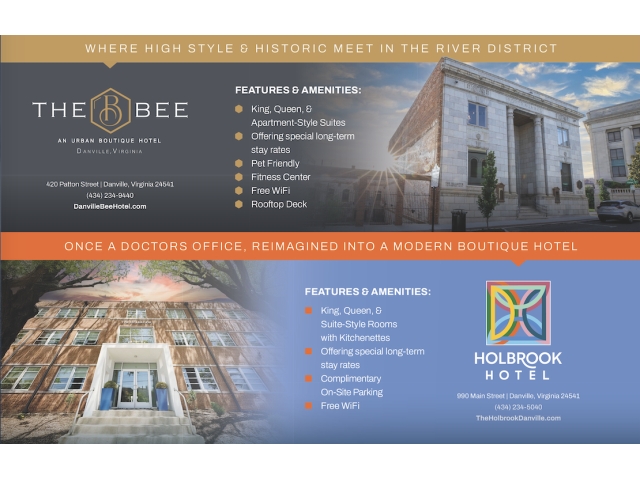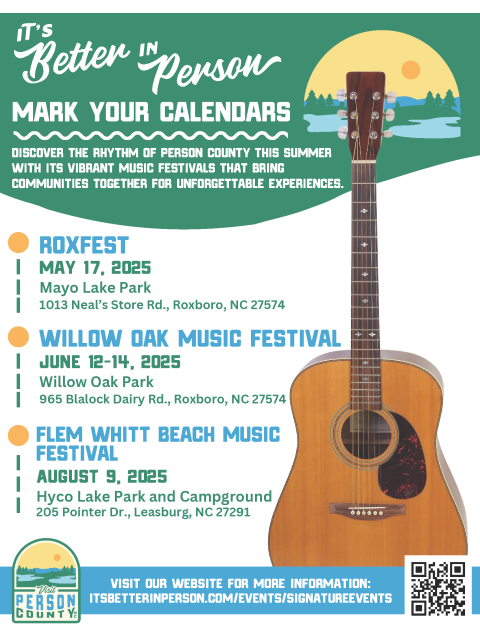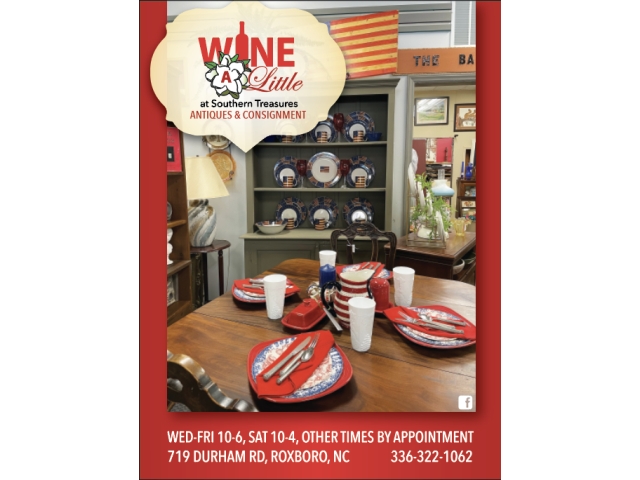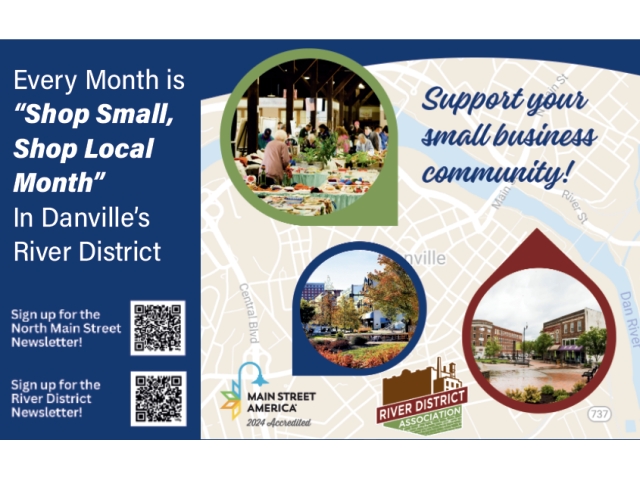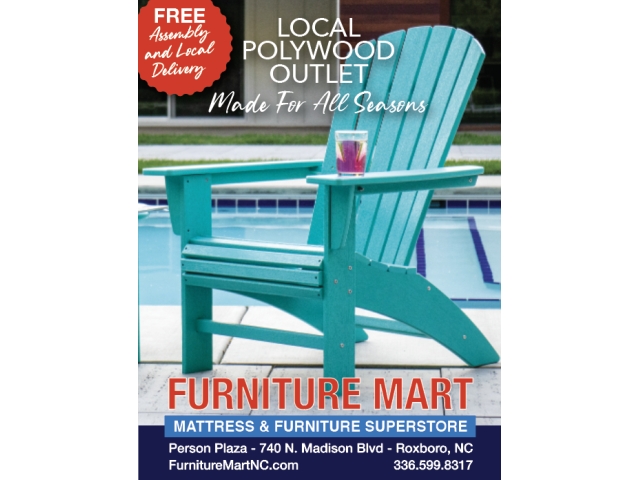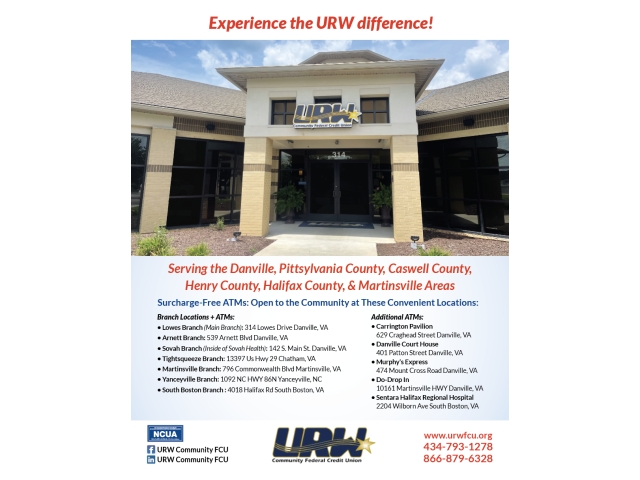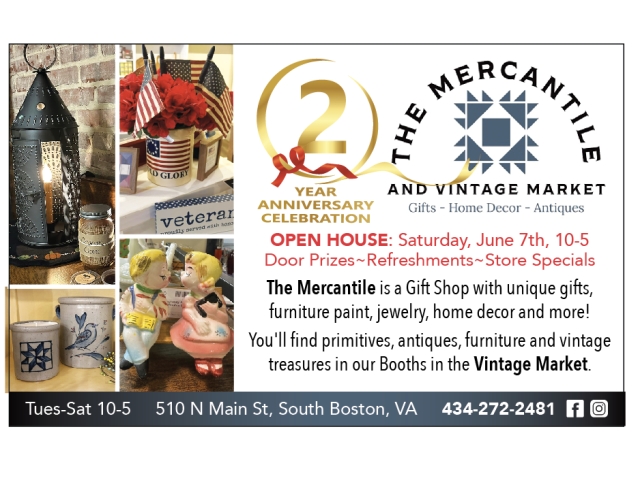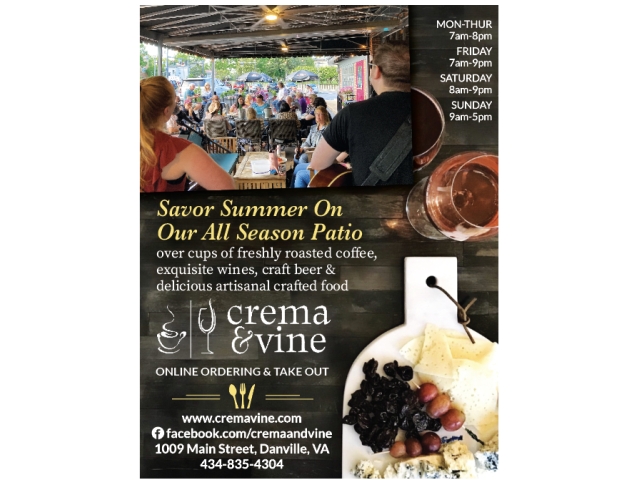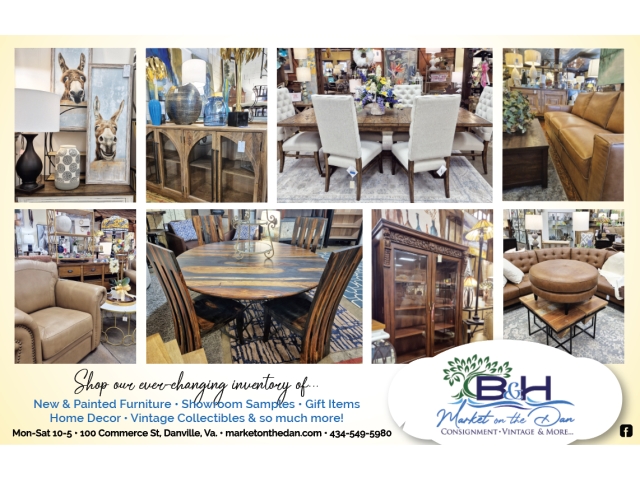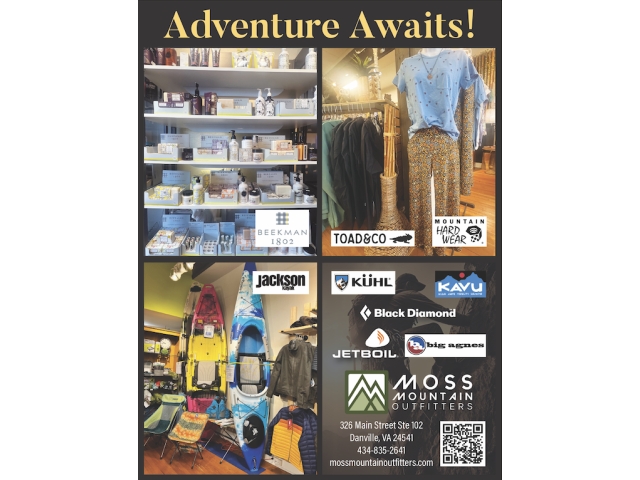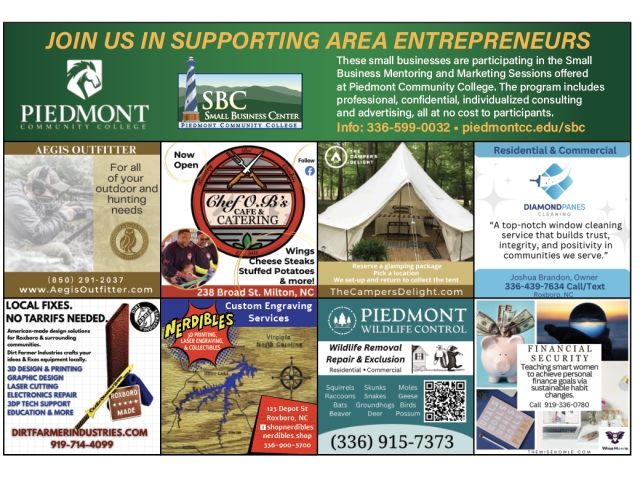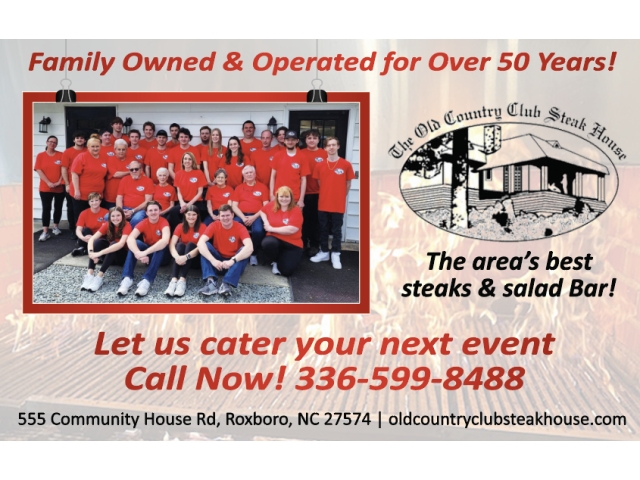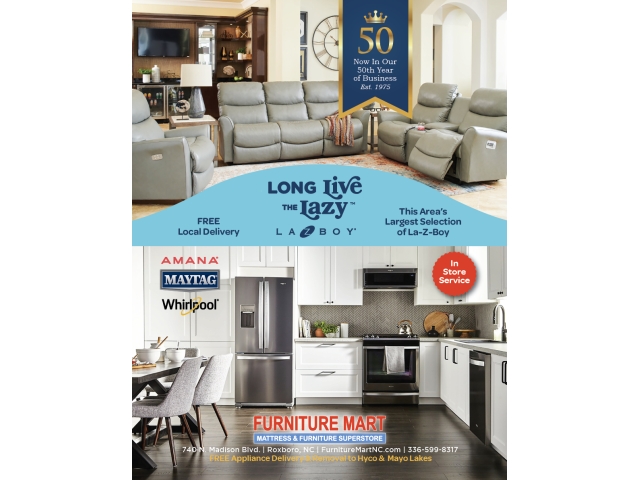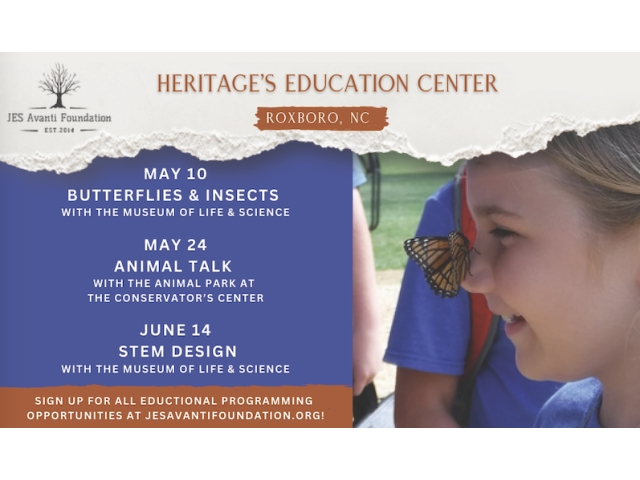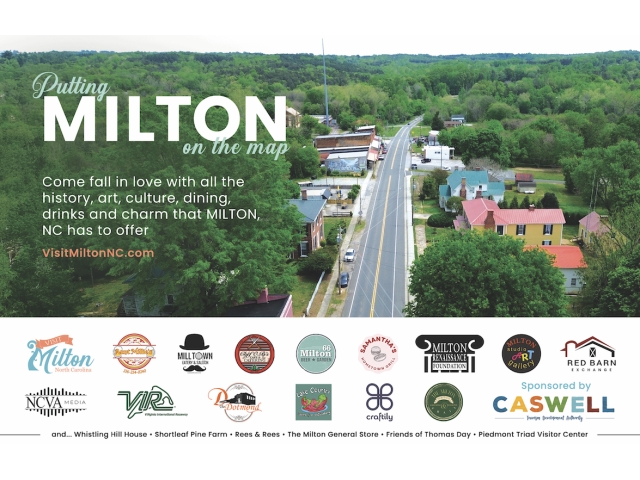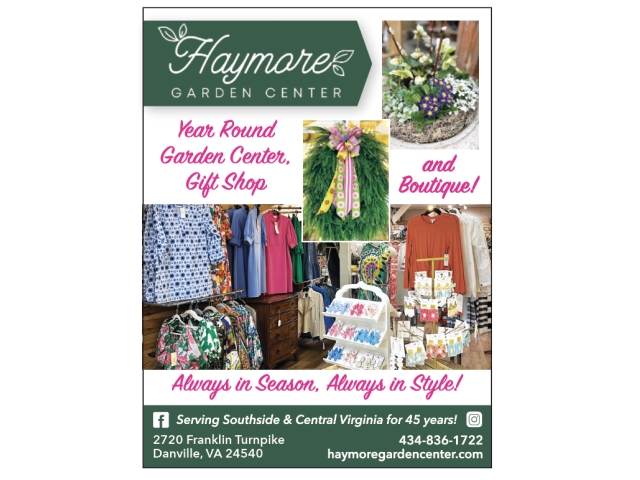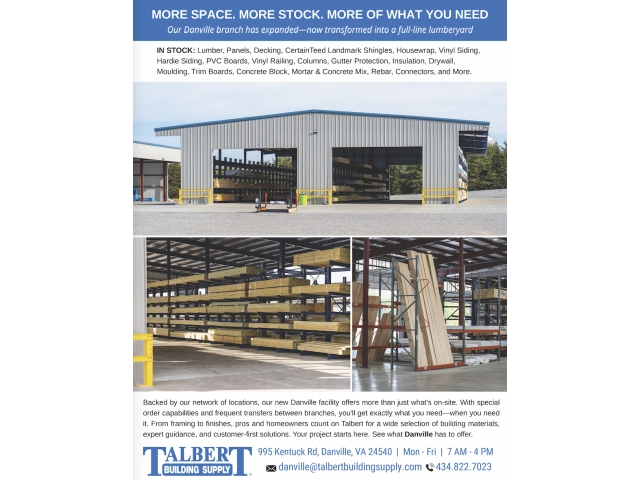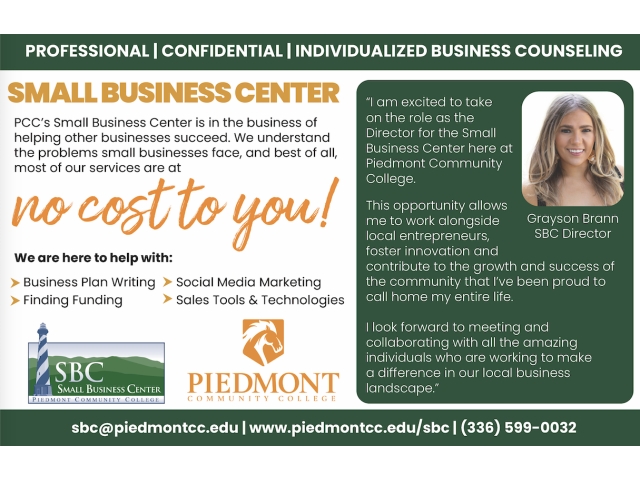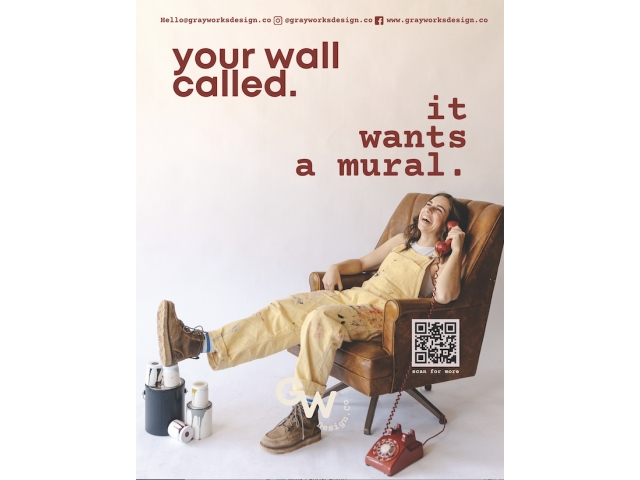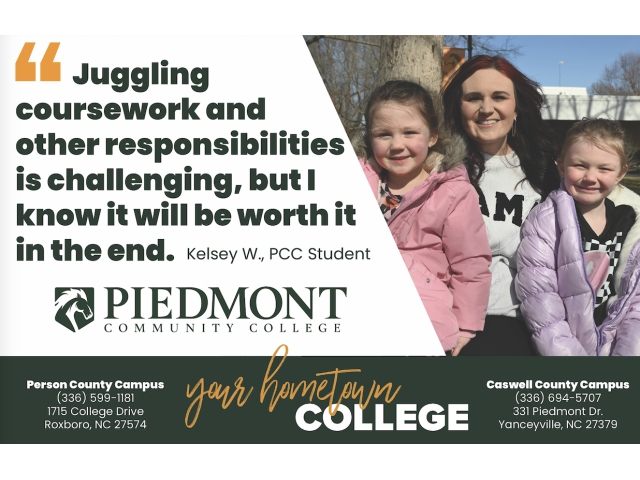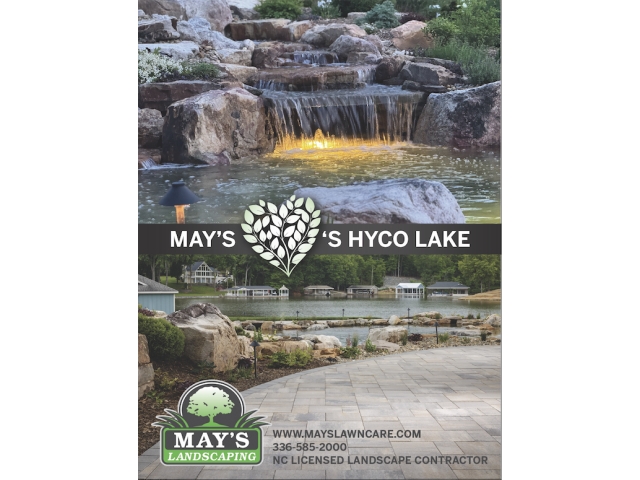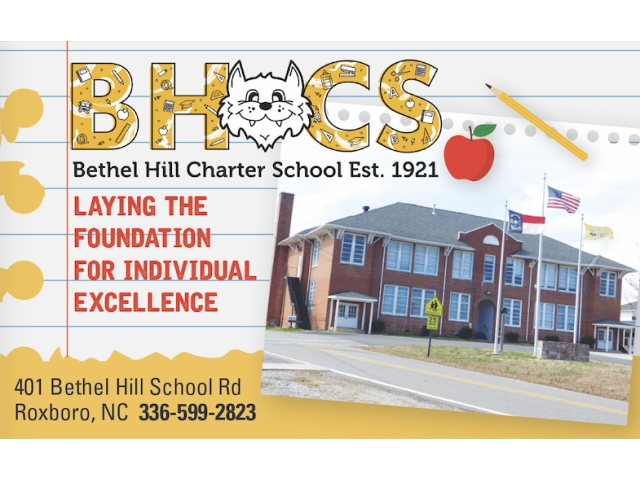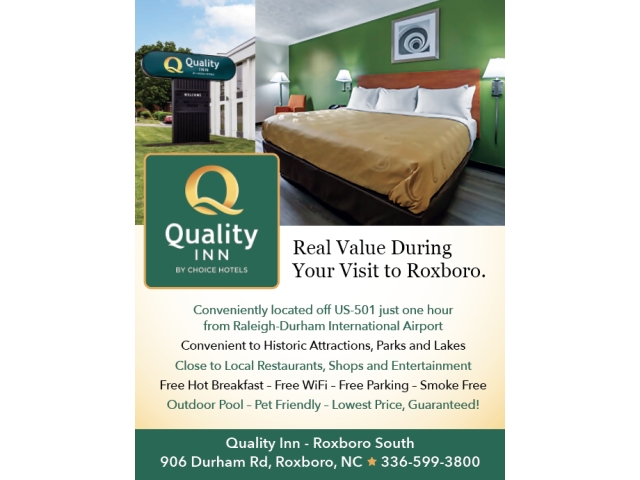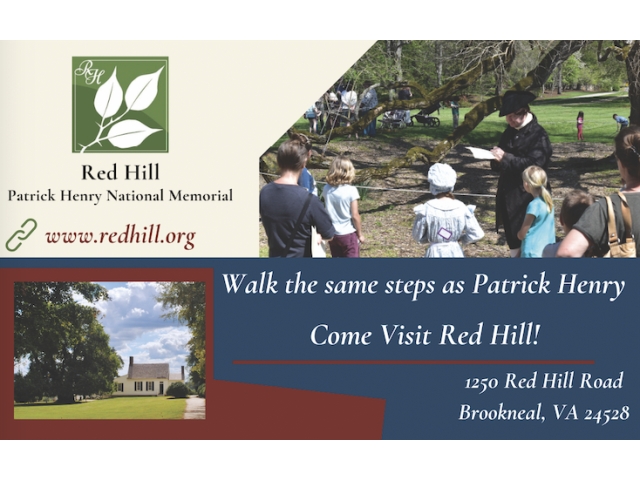
DANVILLE – According to the modern definition, a museum is a place which collects, interprets, and displays objects of artistic, cultural, or scientific significance for the study and education of the public. In a good museum we can see the best and the worst. We can see the negatives and positives and learn something about ourselves. We can see, learn, and be inspired by what came before us and make something better for our museums of the future. The Danville Museum of Fine Arts and History is that museum.
The Danville Museum of Fine Arts and History was established in 1974 in the Sutherlin Mansion as a non-profit educational organization. The museum set about to restore the interior to its original condition and recover as many pieces of the original furnishings as possible. There is space for exhibitions that change throughout the year and a glimpse into the life of the wealthy in the 19th century.
History
The parlor was the most formal and public room in the time of the Sutherlin’s residency.
The museum sits prominently on the section of Main Street known as Millionaires’ Row, in the Old West End National Historic District. When the house was completed in 1859 in the style of an Italian villa, it was regarded as the most impressive house in the city. William T. Sutherlin was the mayor of Danville and a self-made industrialist, owning the second- largest tobacco factory in Virginia.
The house originally stood at the center of a four-acre tract of land with several outbuildings, including a kitchen, servants’ quarters, a carriage house, greenhouse, and stable. As the house is situated on a hill, the cupola offers a 360-degree view of the Dan River and the surrounding area.
When the Civil War broke out, Sutherlin resigned as mayor, and due to poor health was unable to serve as an active soldier. He did serve as the Confederate Quartermaster of Danville, a job of considerable responsibility because of the city’s railroad connection. When Jefferson Davis had to evacuate Richmond, the logical choice for him was to relocate to Danville. Sutherlin invited him into his home. Davis was given a back bedroom near the secret staircase and the view from the cupola offered another level of security. Jefferson Davis stayed in this room during the last days of the Confederacy.

After the war, the Sutherlins remained there with Major Sutherlin serving in the Virginia State Legislature and playing a major role in the establishment of Virginia Tech. With the death of Mrs. Sutherlin in 1911, the only remaining living relative was a seven-year-old great granddaughter.
The property was put on the market and the furnishings were sold at public auction. The Ladies’ Memorial Association raised enough money for a down payment on the property to prevent it from being sold to a developer and the house torn down. By 1916, the association was having difficulty meeting mortgage payments.
The deed to the property was transferred to the city of Danville when the association convinced the city council to take over the payments. From 1921 until 1971, the Danville Public Library was housed in the mansion. Changes to the interior of the mansion included moving the main staircase to accommodate bookshelves constructed along the walls.
First Floor
The main entrance of the museum is located at the back of the house’s central hall. The hallway extends to the front door, which has the original colored glass in the transom.
Off this central hall are the parlor and Major Sutherlin’s study on one side, and the gift shop — which was the Sutherlins’ master chamber — and the dining room on the other. With the exception of the gift shop, these rooms appear much as they did when the Sutherlins lived there.
It was rare in the 1800s to have a master chamber on the first floor, and it even had a closet — very unusual for that time period. Furniture and other pieces that were not original to the house were chosen in order to offer a realistic peek into the Sutherlins’ lives.
Also located on the first floor is a large auditorium/theatre, complete with stage and lighting for performances. Many pieces of the museum’s art collection are on display there. On the same side of the building is the exhibit, “Between the Lines,” showing the history of Danville during the time of the Civil War.
The Jennings Gallery is located on the opposite side and currently houses part of the Camellia Williams Exhibit. Williams was a world-famous African American opera star who sang for presidents Eisenhower through Obama.

Second Floor
The second floor has a main hall with two rooms on either side, as on the first floor. Located off the back bedroom, known as the Davis Room, is another exhibit, “Divided Lines.” This display traces the history of the many different official Confederate flags.
The Medallion Case houses information about the Danville Chapter of the United Daughters of the Confederacy and marks the former location of the secret staircase. There are pieces of furniture in the hallway that are attributed to the master freeman cabinetmaker Thomas Daye who lived in nearby Milton, N.C. Both the Davis Room and the front bedroom are furnished appropriately to the mid-19th century.
A focal point in the front bedroom is a large quilt mounted on the wall. Known as a “crazy quilt,” it is both a work of art and a fascinating history lesson. The other two rooms had the separating wall removed and still serve as a meeting room of the Confederate Daughters, as part of an agreement with the city of Danville in 1916 when the city took over payments.
Ground Floor
The ground floor may be my favorite floor because around every corner — and there are quite a few corners — there is something different and thought provoking. There is a tombstone representing soldiers from both sides in the Civil War who are buried in Danville cemeteries.
There is a display of hair jewelry, (not for hair, but made of hair) and a Civil War prisons display, a reminder that several tobacco warehouses in Danville served as prisons for captured Union soldiers.
In the Schoolfield Gallery, there is the continuation of the Camilla Williams exhibit with costumes and jewelry worn by Ms. Williams during her performances around the world. Her story, beginning in Danville, and her rise to fame on the world opera stage is displayed on the walls of both galleries, while recordings of her performances are played in the background.
The Alcove Gallery contains the exhibit, “The Tobacco Trade that Built Hearth and Home,” which spills out to the walls outside of the gallery. “The Movement: Danville’s Civil Rights” is an exhibit that tells the story of peaceful civil rights demonstrations in late May of 1963. The struggle is captured in artifacts, photographs, and stories by participants.
There is also a Danville Hall of Fame which features citizens whose achievements have attained national stature, as well as a huge children’s area that can serve as a classroom for special children’s programs or just as a place for younger kids to take a break from all the history. It is a colorfully-decorated room with books, toys, and other interactive activities. A beautiful glass showcase covers one of the walls with a display of mid-20th century dolls and toys.

The Grounds
Only a bit more than an acre remains of the original property, but it is lushly landscaped and includes a beautiful rose garden with a small white rock containing the secret of the museum. There are granite slabs with maps pointing out other areas of interest in Danville and surrounding areas, including Caswell County, N.C.
Also, there is another granite slab honoring Anne Eliza Johns, a teacher and volunteer nurse who cared for both Confederate soldiers and Union prisoners in hospitals in Danville. A shady nook with a smiling cherub fountain is nestled under the trees. The lawn of the mansion continues to be a gathering place for groups, among them Saturday yoga classes. As with the inside, the grounds invite contemplation of both past and future.
Too Much to Tell in Just One Story
In the past couple of months, I have made three visits to this museum. On the first visit to talk with someone about the museum, I glanced briefly at some things on the way to their office, enough to make me want to see more. I was struck by the passion about expanding the outreach of the museum to all people of the region; by the desire to tell both sides of the story, and the creation of strong working relationships with other agencies such as the Smithsonian, the University of Virginia Institute for Public History, Virginia Humanities and nationally known and local historians. Dedication to history and the arts is evident in the current exhibits and recently closed ones as well as those in the planning stage.
The museum is an iconic cultural site telling the story of all the people and engaging the entire community in a conversation on meeting community needs. The museum takes its role outside of the physical building and into the community as evidenced in this summer’s exhibit, “Wanderlove: A Stitch in Time: Fiber Art Exhibit on the RiverWalk Trail,” and the recently opened “CrossRoads: Change in Rural America” exhibit in Chatham. The museum partnered with the Smithsonian for the Chatham exhibit.
After my first visit, the question arose in my mind, “What kind of museum is this?”
Wandering through the rabbit warren of rooms on the first floor with so much to see and take in, I hardly saw anything at all. I did remember seeing the Camilla Williams Exhibit both on the ground floor and the first floor. My only thought then was, “Who was she, that two such large spaces were dedicated to telling her story?”
The gowns and jewelry were pretty, and I thought my wife would enjoy seeing them. She accompanied me on my second visit, and it was then that I read Williams’ story and heard the recordings. I asked, “Why have I never heard of her before?”

It was that second visit that inspired my plan for the third. I wanted a couple of things. One was to sit and listen more to the voice of Camilla Williams and see if it would, along with her story, once again move me to tears. It did. On that visit, I also learned that George W. Whitman, brother of poet Walt Whitman, was held prisoner in Danville. Another reason was to take someone with me who had not grown up in this area and get his or her impression.
Perhaps the small rock embedded in the entry to the rose garden best sums up what is to be experienced by visiting the Danville Museum of Fine Arts and History. It is a small rock, painted white, with a red rose and words in blue that read, “On ne voit bien qu’ avec la couer. L’essentiel est invisible pour les yeux. When you visit, look with your eyes but see with your heart,” from the The Little Prince by Antoine de Saint-Exupery.
Known as a crazy quilt, these were popular in the era of the house. The cabin at the center of the quilt may depict one which stood on the property originally.
The Danville Museum of Fine Arts and History is located at 975 Main Street, Danville, Va. and is open Tuesday through Friday from 10 a.m. to 5 p.m., Saturday from noon to 5 p.m., and Sunday from 2 to 5 p.m. The museum also has artworks displayed in galleries in the River District in Danville and other city locations. On Saturday, Oct. 16, the exhibit, “Smithsonian Crossroads: Change in Rural America” opened at 24 Reid Street, Chatham, Va. The exhibit is possible through the efforts of the museum, the Smithsonian, the Virginia Association of Museums, and the Virginia Humanities.
Follow the museum and keep up with upcoming exhibits and special events on Facebook as well as on its website at www.danvillemuseum.org. And of course, here, because there are many more stories to be told, and I hope to tell them all.
Danville Museum of Fine Arts & History
975 Main Street
Danville, VA 24541
(434) 793-5644
www.DanvilleMuseum.org
www.facebook.com/DanvilleMuseum
Norwood Walker was born and raised in Hurdle Mills and was a member of the last eighth grade class at Hurdle Mills School. After all these years, he is still teaching, but more importantly, he is still learning.








